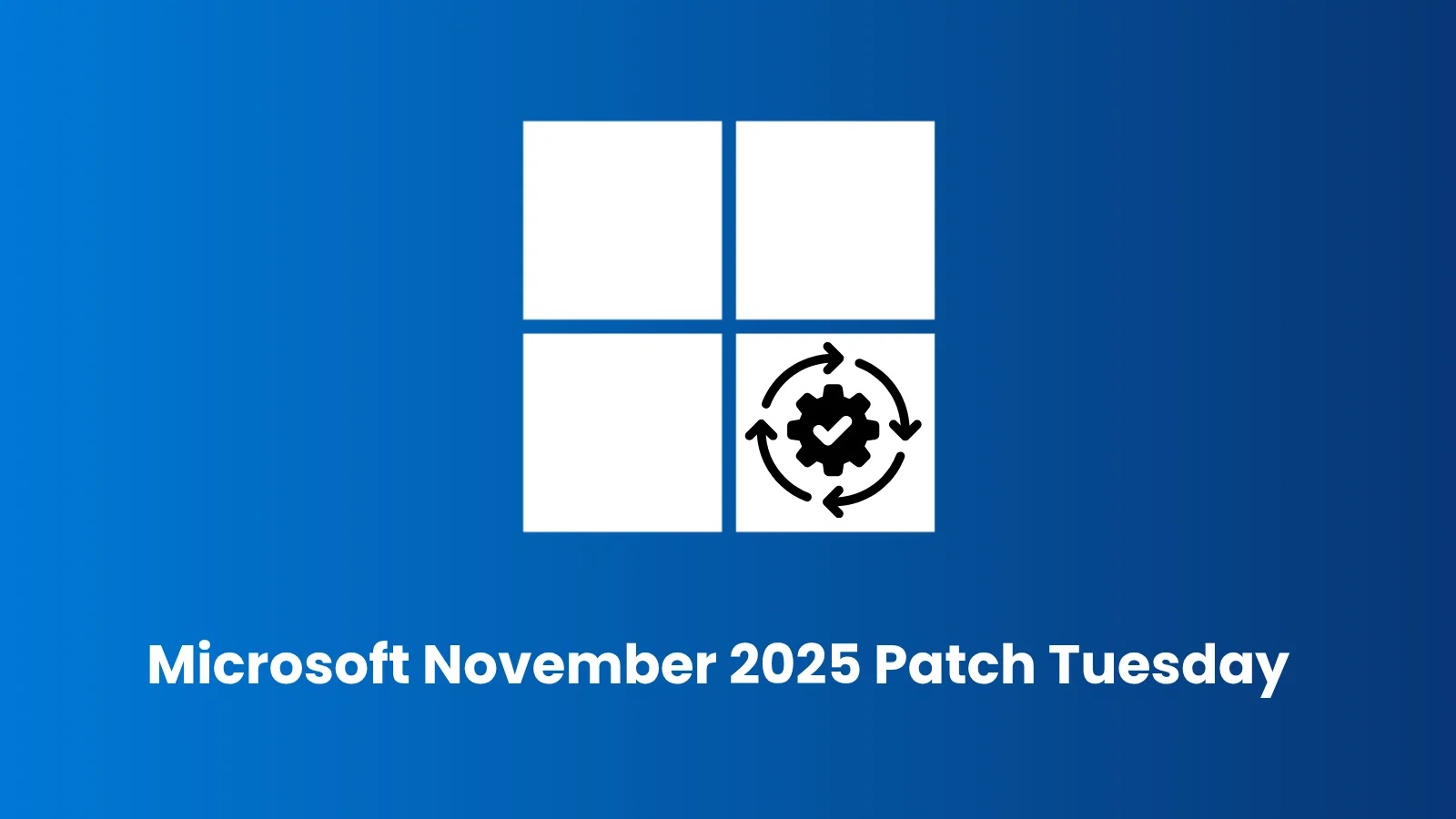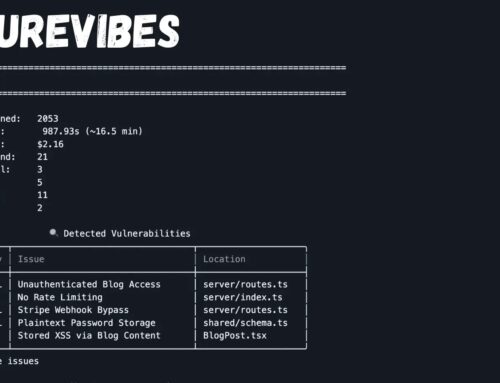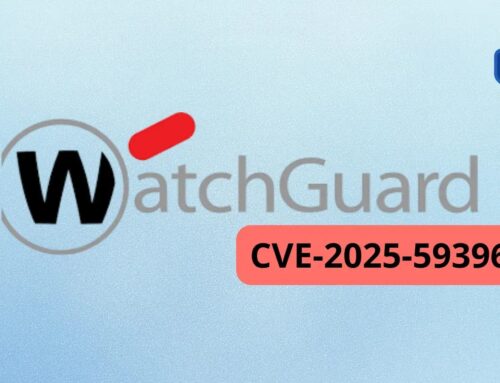
Microsoft November 2025 Patch Tuesday – 63 Vulnerabilities, Including 1 Zero-Day Fixed
The digital landscape often feels like a constant high-stakes chess match. For cybersecurity professionals, few dates are as critical as Patch Tuesday. This November 2025, Microsoft delivered its latest security updates, a hefty release addressing 63 vulnerabilities across its extensive product ecosystem. More critically, this update includes a fix for a zero-day exploit actively being used in the wild. This immediate threat underscores the urgency for organizations to act swiftly and apply these patches.
Microsoft November 2025 Patch Tuesday: The Urgent Details
Microsoft’s November 2025 Patch Tuesday has landed, bringing with it a comprehensive set of security fixes. A total of 63 vulnerabilities have been patched, spanning a wide array of Microsoft products and services. These updates are crucial for maintaining the integrity and security of IT infrastructures globally. The scope of affected products includes familiar names such as Windows, Microsoft Office, Azure, Visual Studio, and many others.
The Zero-Day Threat: Why Immediate Action is Critical
Among the 63 vulnerabilities addressed, one particular flaw stands out due to its immediate and severe implications: a zero-day vulnerability. While specific details of this zero-day are often initially held back to prevent further exploitation before widespread patching, its confirmation means attackers have already leveraged it to compromise systems. This makes the November 2025 Patch Tuesday updates a critical priority for all IT departments. Organizations failing to patch promptly risk active exploitation, leading to data breaches, system compromise, and significant operational disruption. It’s imperative to consult Microsoft’s official security advisories for the specific CVE associated with this zero-day, such as CVE-2025-XXXXX (placeholder for actual CVE, which would be linked here).
Broad Impact Across Microsoft’s Ecosystem
The vulnerabilities addressed in this release extend across nearly every major Microsoft product line. This broad impact means that organizations leveraging Microsoft technologies for their operations, from client devices to cloud infrastructure, are likely affected. Key areas of concern often include:
- Windows Operating Systems: Both client and server versions are regularly targeted, with fixes often addressing remote code execution (RCE) and elevation of privilege (EoP) flaws.
- Microsoft Office Suite: Vulnerabilities here can lead to malicious document execution or macros bypassing security controls.
- Azure Services: Cloud vulnerabilities can have far-reaching effects, impacting data integrity and service availability for thousands of organizations.
- Developer Tools (e.g., Visual Studio): Flaws in development environments can introduce supply chain risks.
Remediation Actions: Your Immediate Cybersecurity Playbook
Given the severity of a zero-day exploit and the sheer volume of fixes, a rapid and methodical approach to patching is essential. Here’s an actionable playbook for IT and security teams:
- Prioritize Zero-Day Fixes: Identify the specific CVE for the zero-day vulnerability and ensure its associated patch is deployed with the highest urgency across all affected systems.
- Automate Patch Deployment: Leverage existing patch management solutions to distribute updates efficiently. Ensure these systems are configured for staggered rollouts to minimize disruption while maximizing coverage.
- Verify Patch Installation: Don’t just deploy; verify. Confirm that patches have successfully installed on all targeted endpoints and servers.
- Monitor for Post-Patch Issues: Closely monitor system performance and application functionality after patching to quickly identify and address any compatibility or operational problems.
- Security Awareness Training: Reinforce security awareness among end-users, especially concerning phishing attempts that might exploit newly disclosed vulnerabilities before patches are widely applied.
- Isolate Critical Systems: For systems that cannot be immediately patched, consider temporary network segmentation or stricter access controls to reduce the attack surface.
Tools for Detection, Scanning, and Mitigation
Effective cybersecurity relies on a robust toolkit. Here are some categories of tools that are indispensable for managing and responding to Patch Tuesday updates:
| Tool Name/Category | Purpose | Link |
|---|---|---|
| Microsoft Endpoint Configuration Manager (MECM) / Intune | Comprehensive patch management, software deployment, and compliance reporting for Microsoft environments. | Microsoft Endpoint Manager |
| Vulnerability Scanners (e.g., Nessus, Qualys, Rapid7) | Identifying unpatched systems and other configuration weaknesses post-patch deployment. | Nessus (example) |
| Security Information and Event Management (SIEM) | Aggregating and analyzing security logs to detect post-exploitation activity or failed patching efforts. | Splunk ES (example) |
| Endpoint Detection and Response (EDR) solutions | Real-time monitoring of endpoints for suspicious activity, even after patching, to catch zero-day exploitation attempts. | CrowdStrike Falcon Insight (example) |
| Threat Intelligence Platforms | Staying informed about emerging threats and indicators of compromise (IoCs) related to new vulnerabilities. | Recorded Future (example) |
Conclusion: Stay Resilient, Stay Secure
The November 2025 Patch Tuesday announcement serves as a critical reminder of the dynamic nature of cybersecurity threats. With 63 vulnerabilities addressed, including an actively exploited zero-day, neglecting these updates is not an option. Organizations must treat patch management not as a routine task, but as a core cybersecurity imperative. Proactive patching, thorough verification, and continuous monitoring are the cornerstones of maintaining a resilient defense against an evolving threat landscape. Prioritize these updates to safeguard your digital assets and ensure operational continuity.





